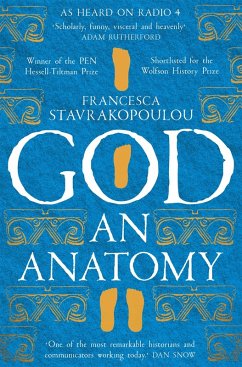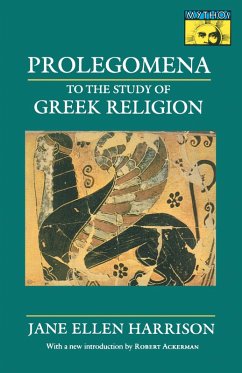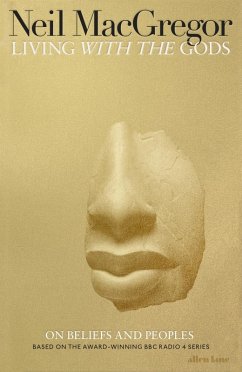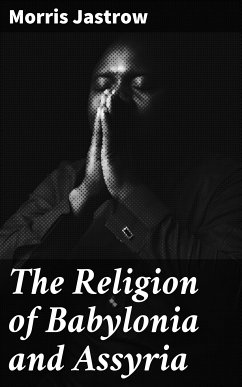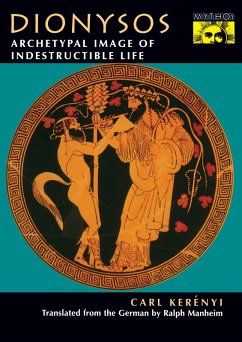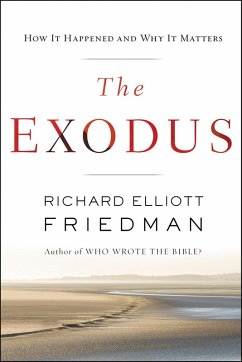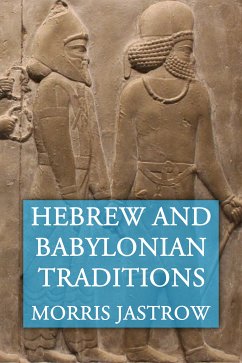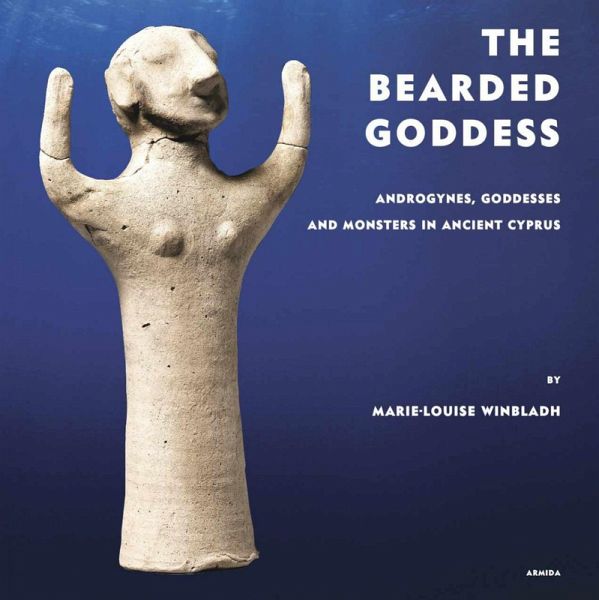
The Bearded Goddess (eBook, ePUB)
Adrogynes, goddesses and monsters in ancient Cyprus

PAYBACK Punkte
0 °P sammeln!
Most of us associate Aphrodite - also known as Venus - with love, beauty, and fertility, but the symbolic value of this goddess is by far more complex than we would have known or dared to believe.Aphrodite - a hermaphrodite?The book examines a rather obscure side of the cult surrounding this illustrious fertility goddess. How many of us would have guessed that one of Aphrodite's most famous representations was, in fact, a figurine from Ayia Irini, Cyprus, that portrays this female deity as The Bearded Goddess, a bisexual and self-sufficient entity?The book reveals the unspoken truth about Aphr...
Most of us associate Aphrodite - also known as Venus - with love, beauty, and fertility, but the symbolic value of this goddess is by far more complex than we would have known or dared to believe.
Aphrodite - a hermaphrodite?
The book examines a rather obscure side of the cult surrounding this illustrious fertility goddess. How many of us would have guessed that one of Aphrodite's most famous representations was, in fact, a figurine from Ayia Irini, Cyprus, that portrays this female deity as The Bearded Goddess, a bisexual and self-sufficient entity?
The book reveals the unspoken truth about Aphrodite; a closer look at the islands archaeological sites suggests a new sexual archetype of Aphrodite and other criteria for the sublime female figure in ancient religion(s).
The author, the well-known archaeologist Marie-Louise Winbladh, enlightens her audience in plain language about the mysterious devotion of Aphrodite as an androgynous being. She casts light on the enigmatic representations of this deity, who is believed to have originated from Cyprus, the epicenter of ancient crossroads.
How did the cult of Aphrodite evolve?
How was this goddess worshiped?
Did 'temple prostitution' really exist?
What was the role of the 'priestesses' and their relation to The Bearded Goddess?
These and many more questions are addressed in the book.
Aphrodite - a hermaphrodite?
The book examines a rather obscure side of the cult surrounding this illustrious fertility goddess. How many of us would have guessed that one of Aphrodite's most famous representations was, in fact, a figurine from Ayia Irini, Cyprus, that portrays this female deity as The Bearded Goddess, a bisexual and self-sufficient entity?
The book reveals the unspoken truth about Aphrodite; a closer look at the islands archaeological sites suggests a new sexual archetype of Aphrodite and other criteria for the sublime female figure in ancient religion(s).
The author, the well-known archaeologist Marie-Louise Winbladh, enlightens her audience in plain language about the mysterious devotion of Aphrodite as an androgynous being. She casts light on the enigmatic representations of this deity, who is believed to have originated from Cyprus, the epicenter of ancient crossroads.
How did the cult of Aphrodite evolve?
How was this goddess worshiped?
Did 'temple prostitution' really exist?
What was the role of the 'priestesses' and their relation to The Bearded Goddess?
These and many more questions are addressed in the book.
Dieser Download kann aus rechtlichen Gründen nur mit Rechnungsadresse in A, B, BG, CY, CZ, D, DK, EW, E, FIN, F, GR, H, IRL, I, LT, L, LR, M, NL, PL, P, R, S, SLO, SK ausgeliefert werden.





